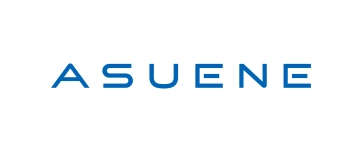SMBC and Asuene Enter a Strategic Alliance Aiming for Global Leadership in Carbon Emissions Visualization Services
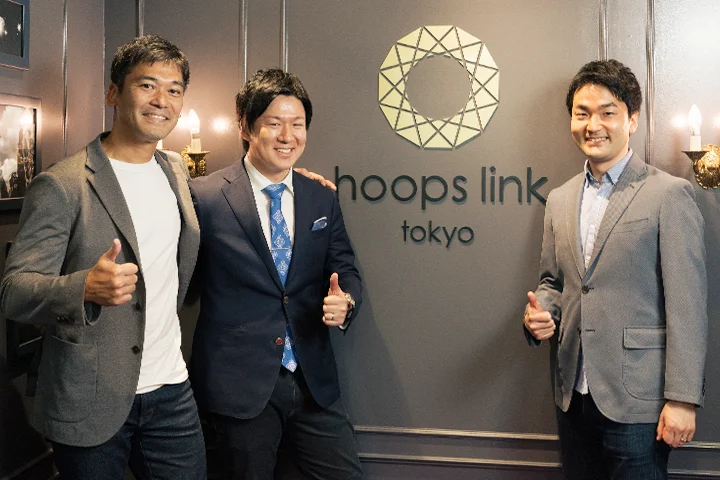
In June 2024, SMBC announced a strategic capital and business alliance with Asuene Inc., which provides the carbon accounting platform ASUENE and the cloud service for ESG evaluation of supply chain procurement ASUENE ESG. With SMBC a lead investor in Asuene’s Series C round of funding, the collaboration prospects are strong.
We decided to have a chat with both sides about their decarbonization market strategies.
Working together to accelerate the shift to a decarbonized society
What’s the current status of the domestic carbon emissions visualization service market and who are the main players?
There were hardly any players when we launched a carbon accounting platform back in August 2021, but the recent expansion in market scale is attracting more. Market growth has been accompanied by growing customer needs, so we see the increase in players as a positive. And now we’re delighted to have been able to form a powerful partnership with the SMBC Group.
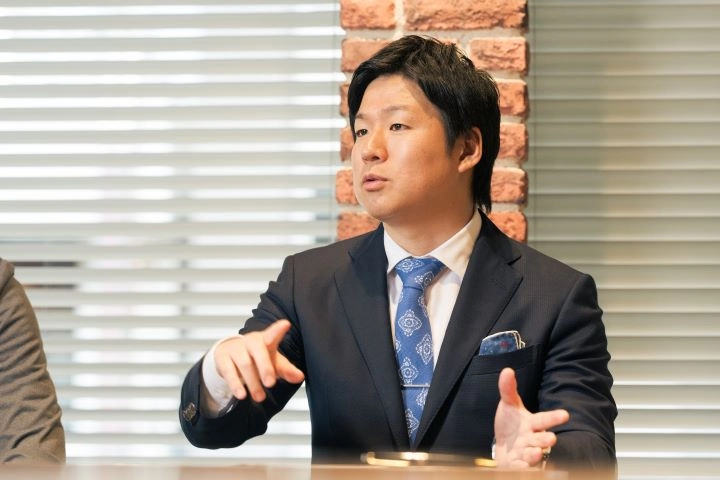
Asuene leads Japan’s carbon emissions visualization service market, while we have the financial perspective covered, so it will be a very synergistic alliance that plays to both our strengths. The idea is to accelerate the shift to a decarbonized society by growing the market and building an environment that facilitates engagement in green transformation (GX) by not just major companies but also small and medium-sized enterprises.
What have the SMBC Group and Asuene collaborated on so far?
It started with a conversation we had with an SMBC representative at the 27th Conference of the Parties to the UN Framework Convention on Climate Change in Egypt in November 2022. SMBC’s release of Sustana had made us rivals, but given the future of the market, we decided to look at the big picture and find spaces for collaboration within that. In January 2023, we started solid partnership discussions, and we announced our first move in October that year—a business partnership with ASUENE ESG, which evaluates the status of companies’ ESG initiatives. That opened the way for companies that SMBC is financing to set ESG KPIs and to receive preferential interest rates and other incentives based on the extent of the improvements made. It also led to a huge boost in the number of companies signing up with ASUENE ESG. With the capital and business alliance that was announced in June 2024, the aim is to execute a more comprehensive collaboration.
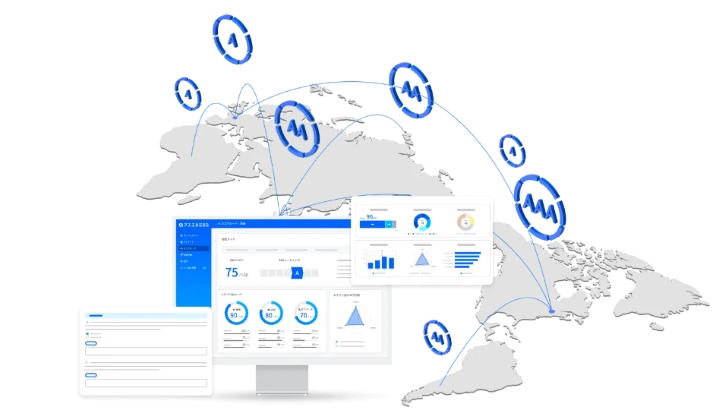
It’s rare in our industry for a financial institution to tackle the carbon emissions visualization business on its own, and for us too it’s been extremely challenging. Through this alliance, we’ve been able to observe Asuene’s work firsthand, which has made very clear its strengths as a startup—its rapid development capacity, for example, as well as its workplace diversity and the high level of employee motivation. The competition aspect was outweighed by our shared vision of achieving a decarbonized society and becoming a global leader. Another factor is that when a bank develops operations offshore, it has to go through a time-consuming process of meeting regulatory requirements in each country, so we really need alliances with startups like Asuene that have strong growth potential. SMBC also wants to evolve a collaborative system that enables that sense of speed to be maintained.
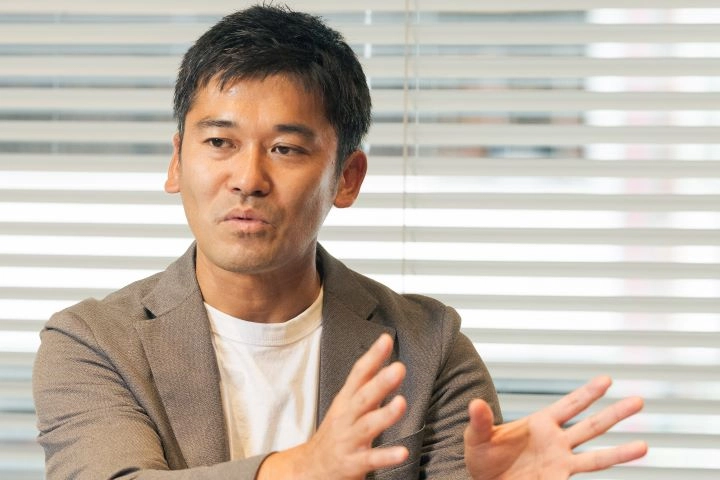
Why GAFA isn’t moving into carbon emissions visualization services
What will your capital and business alliance look like?
First, we will pursue data linkage between Sustana and ASUENE. Then we’ll also collaborate on systems development, post-installation customer success, and in the consulting sphere. Because regulations make it difficult for banks to operate overseas, Sustana is focused on the domestic market. Overseas, we’re aiming for a wider range of operations, including working with the SMBC Group on marketing and Asuene providing financial solutions for offshore customers.
You mentioned customer success. Is that an important concept even for carbon emissions visualization services?
Both Sustana and ASUENE are subscription services, so we don’t just have to on-board customers—we have to keep them on board. As the industry leader, Asuene has the know-how to maintain a high level of post-signup customer satisfaction. We knew that SMBC, on the other hand, has issues in that regard. Partnering with Asuene will help us to reduce our churn rate and support customers so that they can make quicker progress on emissions reduction.
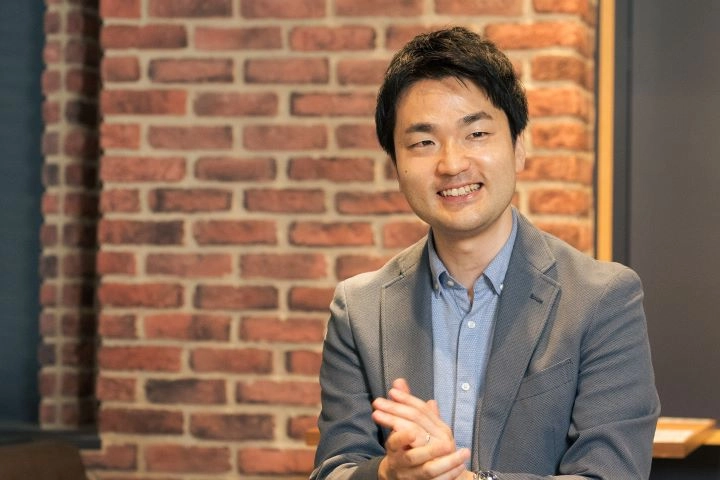
Churn rate is one KPI for the subscription services business model. Ours is less than one percent, which means 99 percent of our customers stay on board. From what we hear through investors about our competition overseas, some services have a massive 20–30 percent churn rate. People sometimes tell us how amazed they are that our churn rate is so low.
Asuene is really good at linking digital services to reality through customer success. It also maintains a high level of customer satisfaction through its standardized, high-quality customer service.
Our customer success concept is one thing that really sets us apart from the usual software business model. Rather than just providing software, we have strengthened areas that require personal support, like carbon calculation and emissions reduction methods. We think corporate majors like the GAFA block are not pushing into the market because of the entry barrier these areas present.
Sustainability data + finance = ?
It’s three months now since the collaboration announcement. Where are you at?
We hold a weekly meeting to check on progress and discuss the next steps. First, we’re moving at speed so as to produce results within six months. With all the decarbonization and ESG data that we have coming in, we are also considering becoming a data firm in future. If we can realize this partnership between sustainability data and finance, we should be able to combine loans, investment, and financing to roll out various services on a global basis.
One sustainable finance method is to set KPIs for customer sustainability and reduce loan interest rates according to the degree to which those KPIs are met. We can use ASUENE and ASUENE ESG to visualize companies’ annual emissions reduction performance and their ESG initiatives, so we can provide incentives scaled to the extent of the improvement.
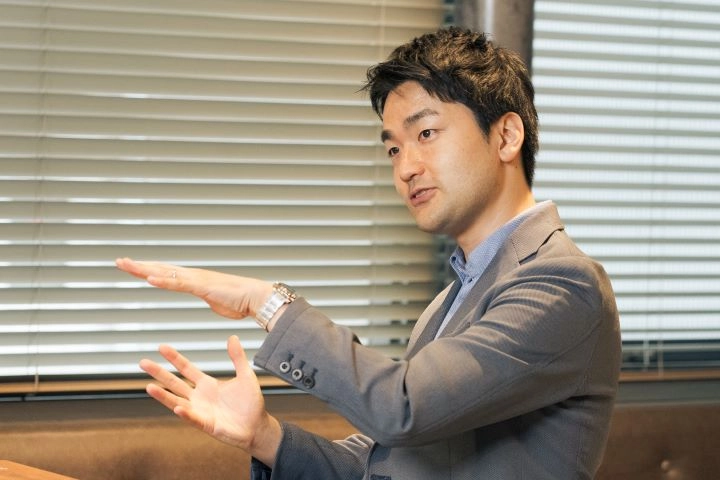
Might you venture into business areas other than sustainability at some stage?
Pairing sustainability data with data from other areas creates new value, so we could gradually widen our field. Companies tend to view carbon visualization as something that incurs costs, but it also helps a firm to differentiate itself as a frontrunner, strengthens its recruitment competitiveness, and serves as a marketing advantage. Institutional investors in Japan and overseas are also beginning to require listed companies to address decarbonization, so we will soon be at the point where companies won’t be able to get financing if they don’t reduce their carbon emissions. I think that pairing ASUENE data with SMBC Group finance will also be significant in terms of pursuing aggressive decarbonization.
Global dominance and social impact
Tell us about Asuene’s overseas operations.
Currently, we have local subsidiaries in Singapore and Los Angeles: Asuene APAC and Asuene USA. We have a sales history in multiple Asian countries and plan to increase our market penetration. We want to work with SMBC on marketing so as to expand our Asian business, and with most Asian countries except Singapore lagging behind Japan on decarbonization, I think we’ve timed our entry into Asian markets perfectly.
In the American market, Persefoni, a carbon emissions visualization service with strong financial institution compatibility, is a real presence, but many manufacturing and construction industry customers have introduced ASUENE. We’ve managed to carve out our own niche by tailoring functions to the particular industry.
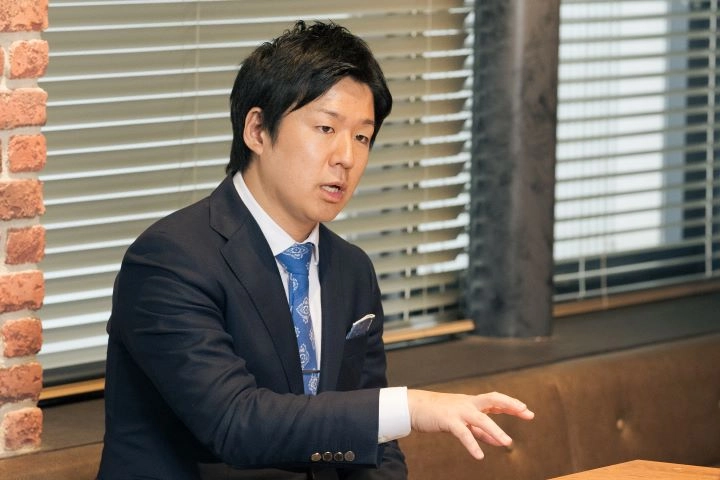
What kind of future do you aim to realize through this capital and business alliance?
By 2030, corporate capital investment in decarbonization in Japan is expected to be up at 150 trillion yen—so imagine how much will be invested globally. We see capital demand in relation to decarbonization and sustainability as a massive business opportunity, and as a financial institution, we will seize that opportunity and provide the needed capital. Our basic strategy is to start by building out from the Sustana and ASUENE carbon emissions visualization services, and we will continue to work with Asuene to open up markets and capture more of the pie.
We will support carbon emissions visualization and reduction through Sustana and ASUENE as customers’ first step toward business reform. We want to provide data-based advice and finance so as to proactively support and accelerate corporate GX.
Asuene’s mission is “Changing the world for the next generation,” but to transform the next generation and have a major social impact, we need to aim to become a global leader. One major driver behind our latest fundraising round was to form a capital and business alliance with the SMBC Group as a leading company so as to target the global market. With both Sustana and ASUENE having established a strong position in Japan and elsewhere in Asia, we have the global market directly in our sights, so watch this space!
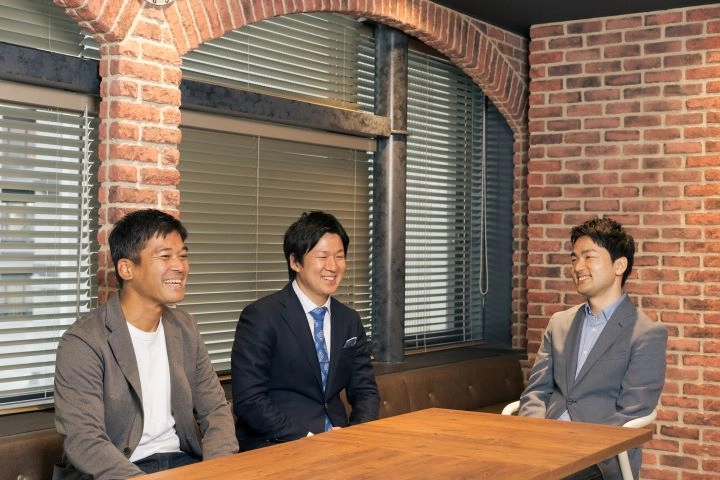
-
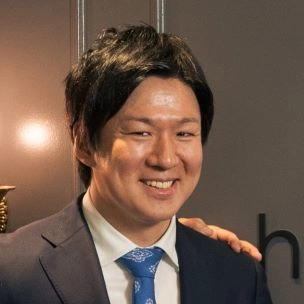
Founder and CEO
Asuene Inc.Kohei Nishiwada
After graduating from Keio University, he handled new business investment and M&A in renewable energy in Japan, Europe, and Latin America at Mitsui & Co. Seconded to a distributed power supply company during a Brazil assignment, he gained experience in overseas M&A, PMI, business investment, new business, and other areas. In 2019, he founded Asuene Inc., which takes “changing the world for the next generation” as its mission and “leading transformative change for the next generation” as its vision. He runs this multi-project climate tech startup, which includes the carbon emissions visualization cloud service ASUENE; ASUENE ESG, an ESG assessment service for supply chain procurement; and Carbon EX, a carbon credit and emission rights exchange service. Since 2023, he has also been co-CEO of Carbon EX Inc.
-
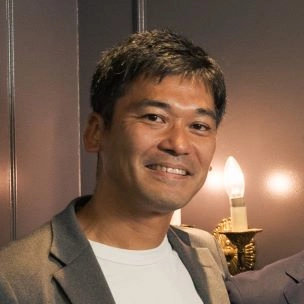
Joint General Manager
Sustainable Solution Department, Sumitomo Mitsui Banking CorporationShinsuke Fujii
Graduated from Keio University and joined SMBC in 2002. After a stint in domestic corporate sales, he provided support for a wide range of financial events for a total of eight years (including the global financial crisis) in New York and San Francisco as a relationship manager for Japanese and non-Japanese firms. Back in Japan, he spent seven years as a general trading company RM, drawing on his wide-ranging sectoral knowledge to support the balanced pursuit of business portfolio optimization and financial strategy. His current responsibilities include the development of order-made decarbonization solutions through business co-creation with customers and leading-edge climate tech exploration and business development using financing functions.
-
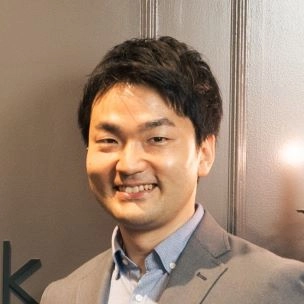
Senior Sustainability Expert/Head, Strategic Planning Group
Sustainable Solution Department, Sumitomo Mitsui Banking CorporationRin Shimizu
Graduated from Keio University in March 2007, specializing in the Millennium Development Goals. Joined SMBC, and worked in corporate sales before transferring to a department handling new business development. In 2018, he worked with the Tokyo Metropolitan Government to develop SMBC special policy loans to help companies strengthen their management foundations and create management plans aligned with the SDGs. In 2020, he worked with the Japan Research Institute to support the creation of a regional revitalization SDGs financial support system in Yokohama. He currently plans, develops, and promotes Sustana and sustainability solutions in general.

